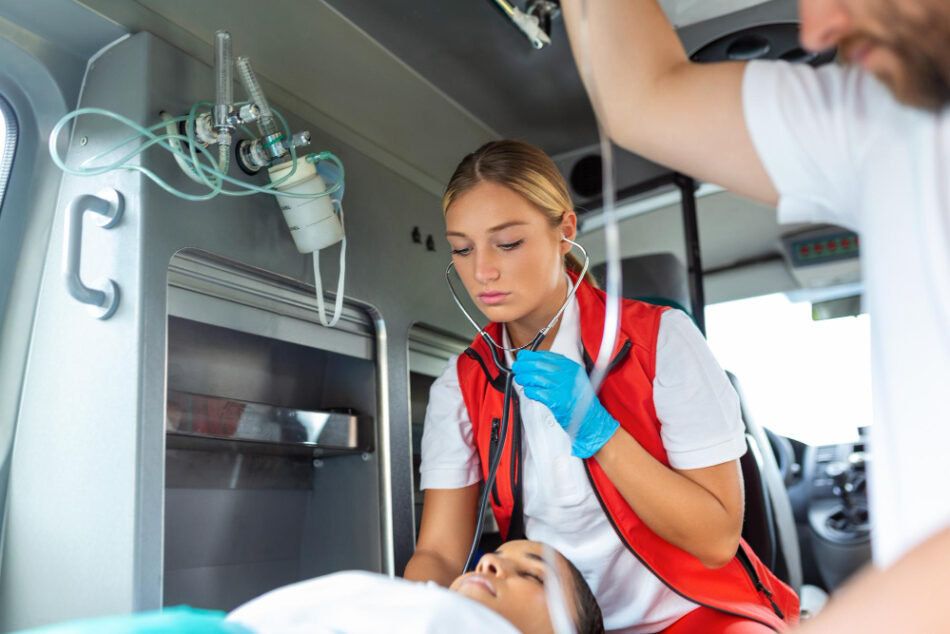In the fast-paced world of emergency medicine, speed can be the defining factor between life and death. When ground transportation proves too slow or inaccessible due to geography or distance, an air ambulance charter becomes an invaluable lifeline. Designed specifically for critical medical transport, these aircraft offer not just swift mobility but also a controlled, medically equipped environment capable of sustaining intensive care en route. In recent years, the demand for air ambulance services has grown rapidly, fueled by globalization, medical tourism, and the rising need for specialized care across borders.
At its core, an air ambulance charter represents a medically outfitted aircraft—often a jet or turboprop—operated by a team of experienced pilots and healthcare professionals. But what truly elevates these services is their ability to deliver a seamless blend of speed, safety, and clinical precision when every second counts.
The Core Advantage of Speed in Emergency Evacuation
Unlike road ambulances, which are constrained by traffic, terrain, and infrastructure, an air ambulance charter can cover vast distances within a fraction of the time. This proves especially vital in emergencies where patients are located in remote, rural, or geographically difficult areas such as mountainous regions or offshore islands. In such cases, even the best-equipped hospital can be hours away by road—time that critically ill patients cannot afford to lose.
An aircraft with medical support allows the patient to be airborne in under an hour, arriving at a tertiary care facility with physicians already prepared to continue care. Moreover, air ambulances operate on a 24/7 basis and can be deployed rapidly, offering an unmatched level of responsiveness.
Aircraft Rental with Crew: A Complete Medical Ecosystem in the Sky
One of the unique offerings of a dedicated air ambulance service is aircraft rental with crew, tailored for medical emergencies. Unlike standard aircraft rentals, these flights come with medically trained flight personnel, often including a doctor, critical care nurse, or paramedic, depending on the patient’s condition. These professionals remain by the patient’s side from departure to handover, offering continuous clinical monitoring and care.
Each aircraft is fitted with life-saving medical equipment such as ventilators, cardiac monitors, defibrillators, infusion pumps, suction units, and portable lab diagnostics. The cabin layout accommodates stretchers and facilitates movement for treatment during flight. It’s essentially a flying ICU, allowing healthcare providers to administer stabilizing interventions or even emergency procedures mid-air, if necessary.
Moreover, the flight crew—trained specifically for medical missions—understands the sensitivity of the operation. Pilots collaborate closely with the medical team to ensure altitude, pressure, and route adjustments align with the patient’s condition.
Safety at Every Step of the Journey
Safety stands as a non-negotiable principle in air ambulance operations. Every detail—from aircraft maintenance to medical protocol—undergoes stringent quality checks and regulatory scrutiny. Pilots operating air ambulance charters hold specialized certifications, and operators maintain their fleets to meet both aviation and medical standards. The aircraft undergo regular inspections and are often retrofitted specifically for medical configurations.
In addition to physical safety, logistical coordination ensures procedural clarity. From the moment a request is placed, the operational team works closely with both the sending and receiving medical facilities to prepare the aircraft, brief the medical team, and confirm runway availability. Ground ambulances coordinate with the flight crew to ensure smooth handovers at both ends, maintaining continuity in care.
Many operators also provide international medical evacuation, meaning they handle not just the flight but also permissions, immigration clearances, and communication with foreign consulates or insurance firms. These comprehensive services remove pressure from patients’ families, who would otherwise need to navigate complex bureaucracies during times of emotional distress.
Non-Emergency Use Cases: More Than Just Urgent Care
While the most visible role of air ambulance charters involves urgent, high-stakes missions, these services also play a crucial role in non-emergency medical transport. Post-operative patients who are unable to travel commercially due to fragile recovery stages benefit greatly from this service. Patients receiving palliative care can relocate closer to family in a stable, comfortable setting. Others may require transfer to a specialized rehabilitation facility across state or country lines, with onboard medical care providing both support and peace of mind.
Air ambulance charters also serve expatriates, travelers, and citizens who suffer accidents abroad. Whether it’s repatriation after an injury in a remote destination or bringing a loved one home following an unexpected diagnosis, these charters provide not just transportation but dignity and compassion in stressful times.
Conclusion: A Lifesaving Innovation in the Skies
An air ambulance charter is far more than a fast aircraft—it’s a mobile medical sanctuary. In urgent and complex health situations, these charters act as a bridge between where the patient is and where they need to be, physically and medically. By integrating aviation precision with clinical care, and combining speed with safety, they enable outcomes that would otherwise be impossible.
As global health challenges evolve and the need for responsive, cross-border medical mobility increases, the role of air ambulance charters continues to grow. Whether it’s emergency trauma transport, chronic care relocation, or post-surgical travel assistance, these services ensure that care doesn’t stop at the hospital—it flies with the patient.









